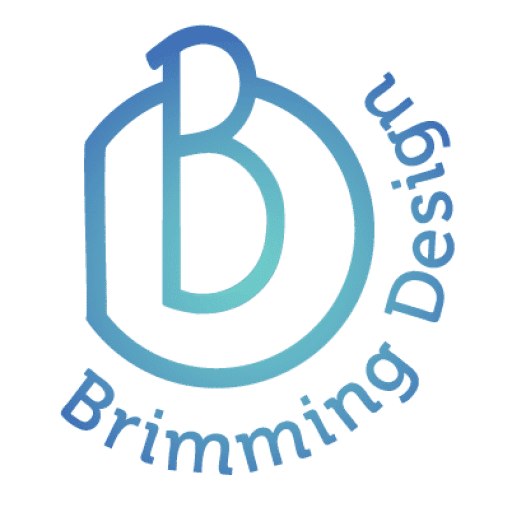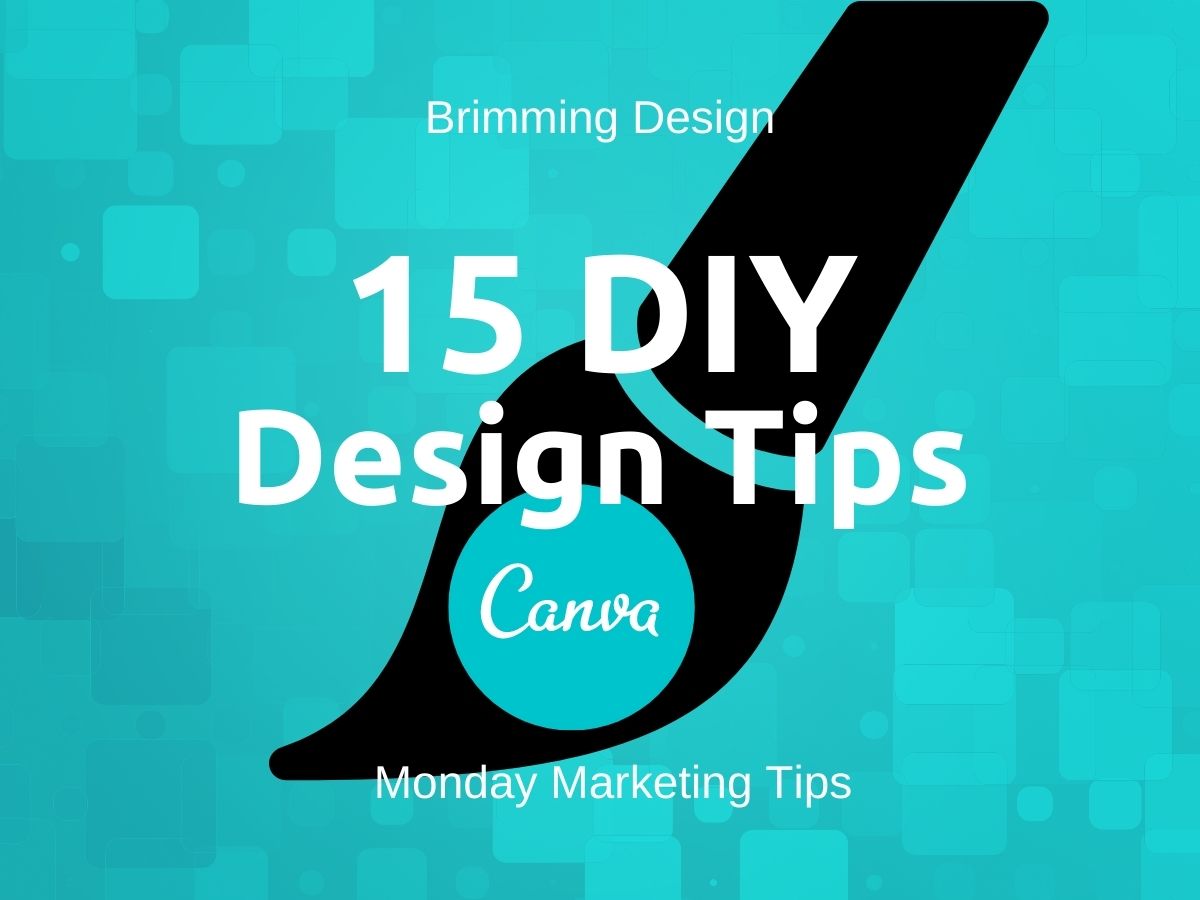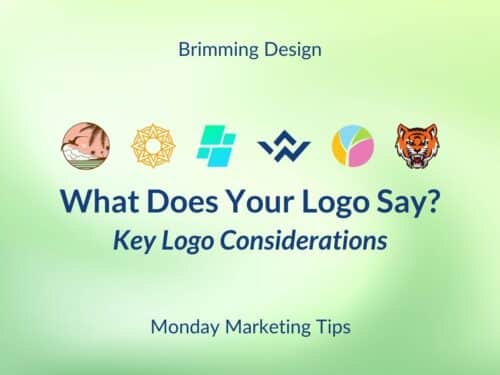You’ve heard or found out that Canva is a great tool. It turns out regular people can make good-looking posts in a snap! Follow these tips from Canva (shortened by Kerri) to get better design results. No graphic designers were harmed in the making of this article.
- Limit your typefaces. Choose one easy-to-read font for the bulk of your words, and allow only one word or two in a fancy or decorative typestyle. Choose these to match the mood you intend. (Many fonts have families of different weights and italic that work well together.)
- Use a big focus word. Enlarge your keyword or headline to make it stand out.
- Respect the space of other elements. Every item deserves a margin of space around it. (It’s trendy to space out the letters in words, but don’t go too far. Make sure it still looks like a word. Readability is goal one.)
- Use a small color scheme. Limit yourself to a few colors that play well together. (Steal your pallet from a template you admire.)
- Create Clean, crisp, and clear imagery. Light and dark contrast adds pop.
- Line everything up. The Position tool can automatically line up elements and space them evenly.
- Keep your designs simple. Only use what you need. If it feels busy, or you don’t know what to look at first, remove some items. Frames can help hold elements together as a unit.
- Use the same design elements on every page. Multiple pieces should have a consistent theme. All your work should look like your brand. (Try duplicating pages then changing elements.)
- Be original. Try different typefaces and filters to get designs unique to your style.
- Use hierarchy to order your content. Use color and scale to grab attention where you need it first, and let the details flow into the background.
- Play with symmetry. You can use horizontal and vertical lines to balance other design elements. Keep the thickness of the elements and fonts consistent.
- Walk away on a break every now and then. When you come back you’ll see your design with fresh eyes.
- Use white space. Space around elements makes the design easier to read and attracts attention.
- Research before you start designing. Have all your pieces and parts ready. When you are looking around, grab pieces you like and put them on a “mood board” for inspiration later.
- Imitate. It is okay to replicate things you see that you like. You can always start with Canva templates and make them your own by swapping out what you need.




